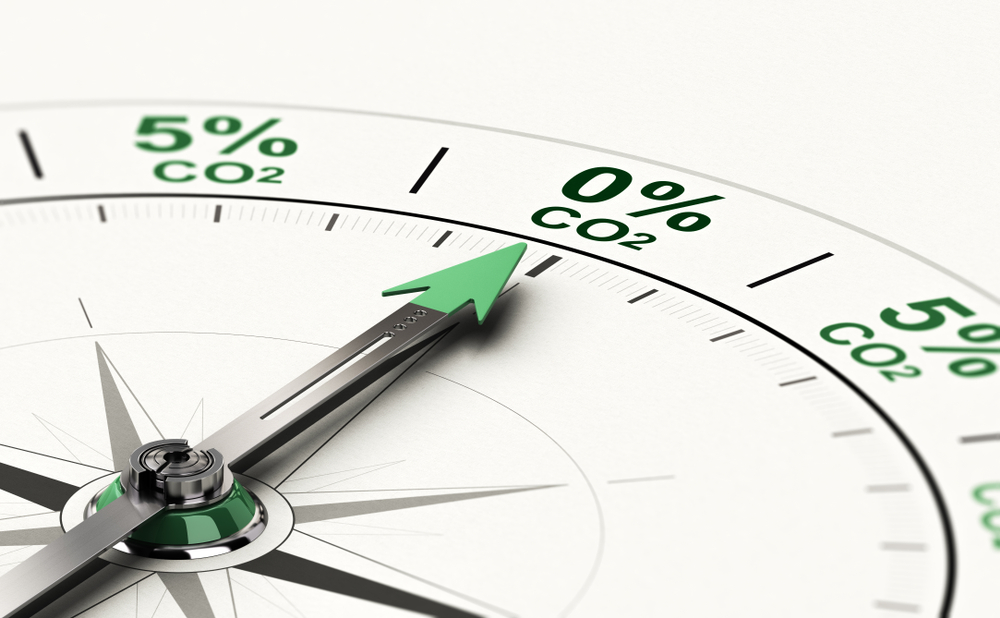Distributed Energy Resources, GHG Emissions, Industrial - March 21, 2024
Stellantis, California Partner to Lower Carbon Emissions
Stellantis announced a partnership with the California Air Resources Board (CARB), demonstrating the company’s goal to achieve a goal to be carbon net zero by 2038.
As part of the agreement with CARB, Stellantis pledged to expand its ongoing commitment to strengthen its electrification offensive through educational efforts for U.S. consumers and dealers on the benefits of electric vehicles.
This includes collaborating with Veloz, a company that promotes EV awareness efforts, providing discounted EVs to organizations in disadvantaged communities, and building upon ongoing efforts and contributing an additional $10 million for the installation of public EV chargers.
“Together, we have found a win-win solution that is good for the customer and good for the planet,” said Stellantis CEO Carlos Tavares in a statement. “This agreement will avoid 10 to 12 million metric tons of greenhouse gas emissions over the lifetime of the agreement and will also allow our U.S. customers to fully benefit from our advanced technologies, including five plug-in hybrids and two pure electric vehicles. We remain as determined as ever to offer sustainable options across our brand portfolio and being a leader in the global decarbonization efforts.”
Stellantis currently sells five plug-in hybrids in the U.S., including the number one selling Jeep® Wrangler 4xe, Jeep® Grand Cherokee 4xe, Chrysler Pacifica Hybrid, Dodge Hornet and Alfa Romeo Tonale. Two pure electric vehicles are also available: the FIAT 500e and Ram ProMaster EV. The company plans to introduce eight new BEV models this year in the U.S. as part of its planned offering of 48 BEV nameplates globally by the end of 2024.
As part of its Dare Forward 2030 strategic plan, Stellantis is investing more than €50 billion in electrification over the decade and targets reaching a 100% passenger car battery electric vehicle (BEV) sales mix in Europe and 50% passenger car and light-duty truck BEV sales mix in the United States by 2030. To achieve these sales targets, the company is securing approximately 400 GWh of battery capacity, including support from six battery manufacturing plants in North America and Europe.
Read These Related Articles:
Stay Up-To-Date












